Three Minute Record: Claudine Clark, "Party Lights"
red | blue | green
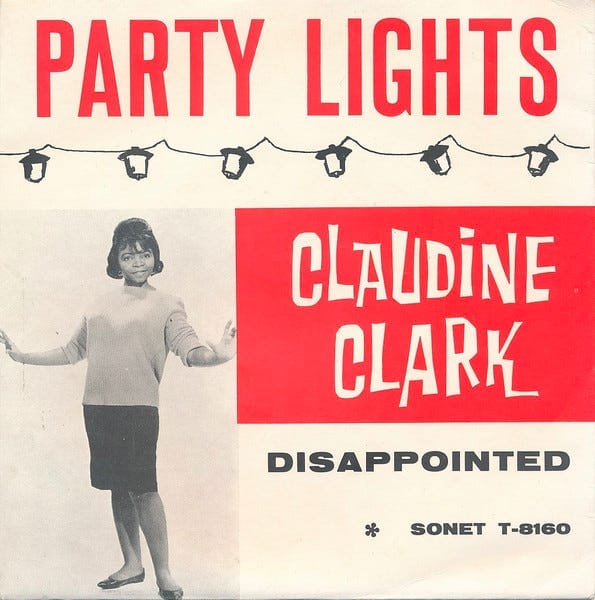
Welcome to Three Minute Record, the edition of this newsletter where we dive into Bruce Springsteen’s best cover versions. You can read more about the purpose of this exercise here and see other volumes here.
”Party Lights” is a 1962 song written, composed and performed by Claudine Clark, who was a music student at a college in Philadelphia. It was supposed to be the b-side of the single; the A-side was a song called “Disappointed,” that was written by none other then Jerry Ragovoy, the same person who wrote “Time Is On My Side” and who was one of Janis Joplin’s favorite songwriters. This is a true one-hit wonder; there were some attempts to capitalize on the fact that “Party Lights” went to #5 on the pop chart, but she never came close to this particular success.
That said, #5 on the pop chart is not chopped liver. You can also read about the song at #73 in Dave Marsh’s The Heart of Rock and Soul and while I don’t think this particular entry is one of Marsh’s best pieces of writing, what it does indicate to me is as someone who was not yet born in 1962 is that “Party Lights” was well-known, it was on the radio. The reason that this matters is that “Party Lights” was a cover song performed by Bruce Springsteen and the E Street Band on the 1975 tour, which is why we are here.
The song is about a girl watching the party she can’t attend because she’s been grounded, or at least not permitted to go. so you get her real and imagined perspective on what’s happening at the party, and what she’s missing. There are lights, she’s close enough that she can see them, close enough to see and name the party goers, including her boyfriend! She can see what dances they are doing. This is an injustice that must be addressed! Let’s write a song about it.
What I love about it is the simplicity and the relatability. I also love that she is not home crying, or wailing, she is watching what’s going on and trying to make a case for herself. It’s not a girl group song, but it shares the clarity and believable perspective that made it easy for listeners to take those songs so close to heart. She’s picked an easily imagined metaphor to center the story around - the party lights! - you can see them in your imagination. It’s a signifier that something special is going on.
There are three known performances of “Party Lights,” all of which take place on the third leg of the 1975 Born To Run tour. There’s a series of covers on this tour in particular which slot right into the whole Bruce/Landau attempts to achieve the Wall of Sound and to write from the same kind of specific and universal place that was a hallmark of the Brill Building, or Motown, or any of those places where writing pop songs was considered an art and a craft. And also, let’s remember that because the recording of BTR went on so goddamned long they literally left for the tour from the recording studio and I feel like it’s a pretty safe assumption knowing what we know about those sessions that he didn’t have a lot of time to think about the overarching vision for the set on this tour.
Plus, this was the first tour where Steve Van Zandt was a member of the band, and I will never tire of reminding people that in addition to just everything he absorbed from the cosmos about rock and roll and popular music, he worked the oldies circuit in the backing band for the Dovells, and you learn a phenomenal amount from an experience like that where you are a hired hand, playing shows on a bill with other artists who threw together backing bands of dubious competency and went on the road to make a living with whatever number of hits you happened to be in possession of. The rest of the setlist was going to be whatever contextually makes sense -- so you’ll get “Louie Louie” or “Around and Around” ad nauseum -- and you’re watching the other bands do this night after night after night. It’s bootcamp. We have seen how Bruce and Steve basically bounce ideas off each other -- that fantastic conversation the two of them had on Underground Garage in 2011 is a great example -- and I am sure that what happened is someone played a song or a riff or said “hey, remember this song, wasn’t it great” and that’s how “A Love So Fine” or “Carol” come from. I mean, those are the obvious ones.
And then we get to songs like “Party Lights.” It’s in the same neighborhood as “Then She Kissed Me” or “Up On The Roof” or “When You Walk In The Room” or “It’s Gonna Work Out Fine.” And if “Party Lights” had been performed at a marquee, well-recorded, and widely-bootlegged show like the album launch shows at the Bottom Line, it would likely be held in the same regard as any of those. Because it is a goddamn great pop song. Listen to it once and it will be stuck in your head for days.
I first came across Bruce’s cover of “Party Lights” at the end of a tape of a show a very long time ago. Back in the day when you traded tapes, you hated to waste 10 or 15 minutes so nice people would put on extra songs. (This was nice but also not so nice because now we have issues with historical lineage and bad documentation, when you lose the documentation and don’t know that it wasn’t part of the one show that consists of the bulk of the recording.) As a neophyte for whom the purchase of a vinyl bootleg was aspirational and I depended, a lot, on the kindness of strangers, I was always glad to have these little tidbits thrown on at the end of a tape. I had never heard it before, and given that this was Claudine Clark’s one and only hit, this is not entirely surprising. But it fit the context of the set and the overall vibe, and if you look at where it shows up on the tour, on the tail end -- Boston Music Hall on 12/2, Georgetown University on 12/5, and then Seton Hall on 12/11 -- it feels like Bruce really wants to make it work, in that very weird place between the Detroit Medley, “For You,” “Party Lights,” and then “Quarter To Three.”
[I want to argue, strongly, that “For You” is the downer in that particular run of songs, and will never understand what the hell it is doing here except in its solo piano format, it gave Bruce a chance to sit down before the supersonic octane fuel leading up to the end of the show. But it was still a song about suicide!]
If you look at the setlist for Seton Hall, where it’s “Party Lights” / “Quarter to Three” / “Wear My Ring Around Your Neck” / “Twist and Shout” – well, that definitely sums up the spirit of this leg of this tour, that tribute to where they came from, the music they loved, the songs they played as teenagers who were head over heels in love with rock and roll. That is the spirit of Born To Run. That was the spirit of the E Street Band. That is what I hear when I listen to this cover of “Party Lights.”
I love this song so much, the day I saw the River box set track listing and saw “Party Lights” I was HOPING it was a cover version, but no, alas, it was not. But it always makes my cover versions list, it has always been at the top of the shortlist of songs for this project, and when it came on in the car last week on random shuffle while I was stopped at a very very long red light, I made a fool out of myself doing my best backup singer moves. It’s been like a super ball in my brain ever since, lines looping around and back and forth. It is a perfect pop song. Let’s hear it for Claudine Clark.
This has been a post from Three Minute Record: The Best Bruce Springsteen Cover Songs. The last post in this series was on Hank Ballard:
Three Minute Record: The Best Bruce Springsteen Cover Songs
Three Minute Record Presents...Hank Ballard & the Midnighters: "Let's Go, Let's Go, Let's Go"
Caryn Rose • May 11, 2023
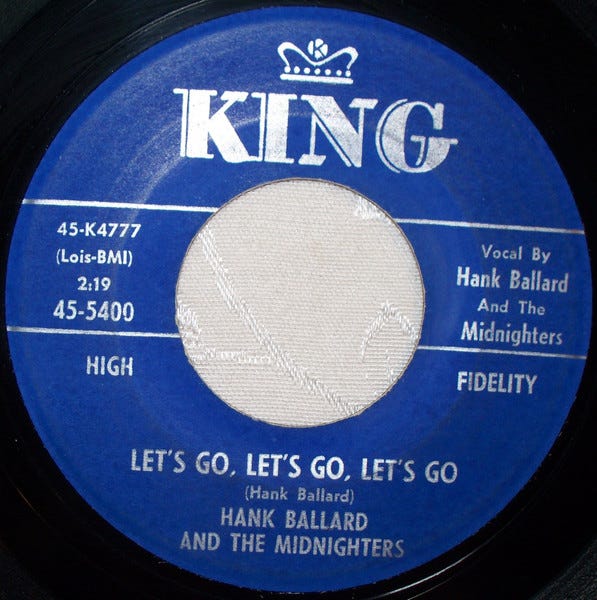
One of the finest musical performances Bruce Springsteen and the E Street Band have ever delivered in the post-Reunion era was at a show on the final leg of the Rising tour, at the Richmond Coliseum on March 6th, 2003, when the band performed Hank Ballard’s “Let’s Go, Let’s Go, Let’s Go.” This performance happens to feature Robbin Thompson, who was a v…
Read full story →
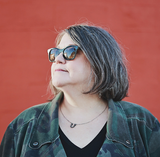
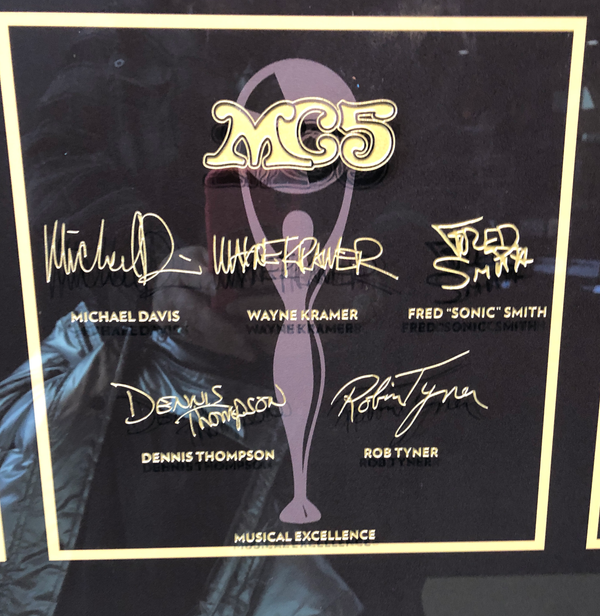
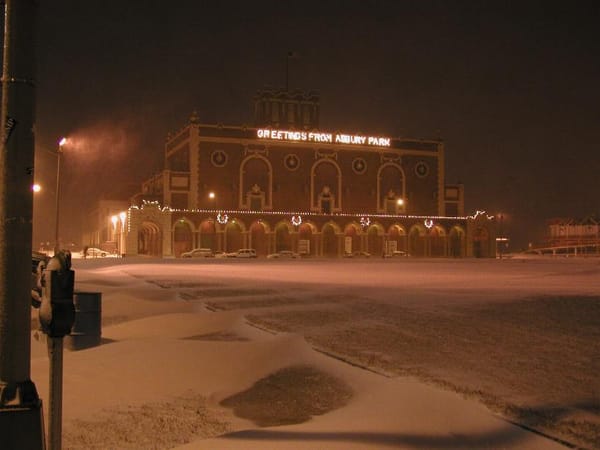
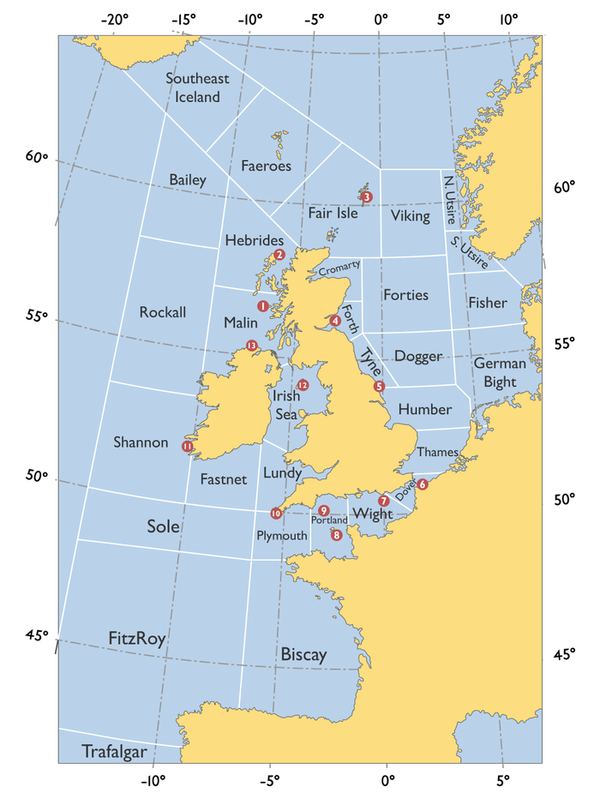
![remnants: Patti Smith and Her Band, Webster Hall, 29 & 30 December 2013 [+ bonus downloads]](/content/images/size/w600/2024/12/Screen-Shot-2024-12-29-at-2.13.07-PM.png)